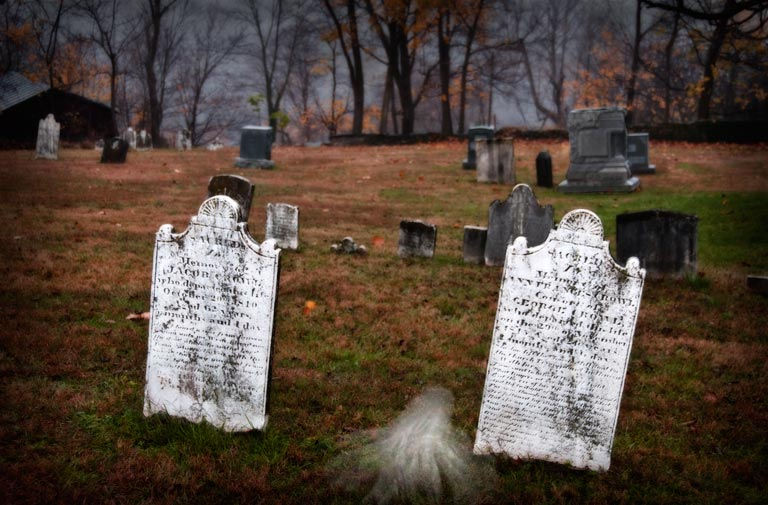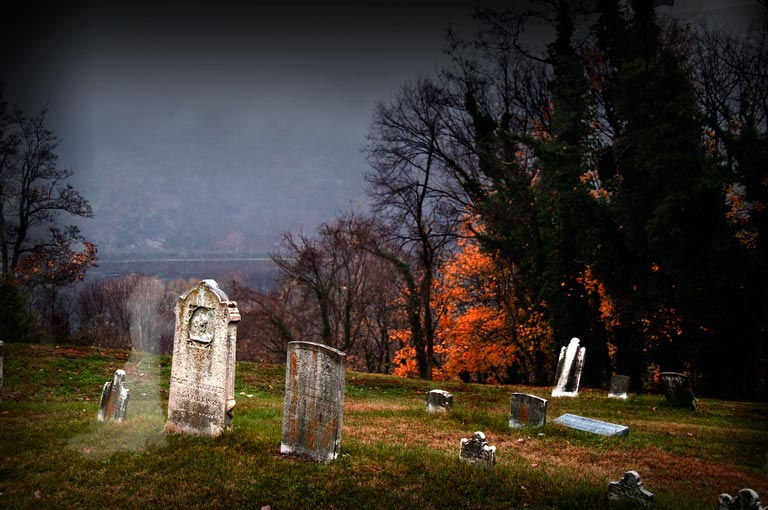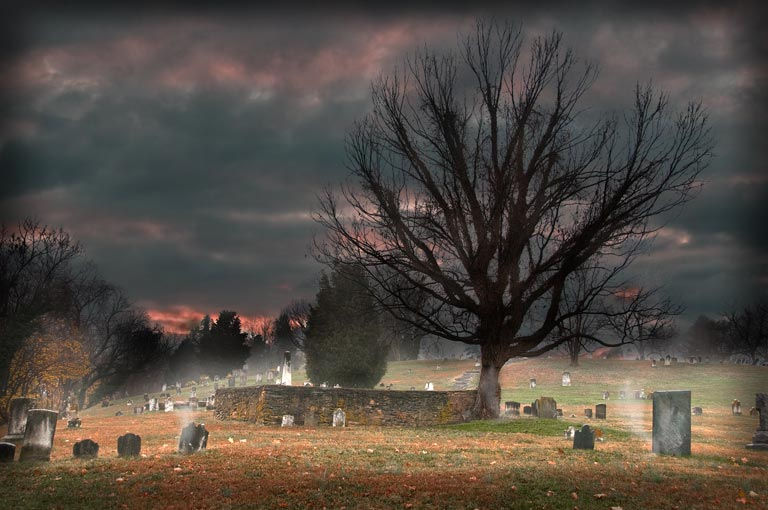Today's guest blog is brought to you by Author Stuart Schneider. Below is a story from the second book in his Cemetery series , Ghosts in the Cemetery. You can purchase his books on his website posted at the end of this article , amazon or other book store locations!! PLEASE, please , please take a minute to check out his website!! I spent a good bit of time looking at all the incredible work he has done on a plethora of subjects! I was beyond fascinated! Thank You for sharing your story with us Stuart!!
Text and photographs from “Ghosts In the Cemetery II
Farther Afield copyright 2009 by Stuart Schneider
Harpers Ferry is well known to those who study American history. It is located on the Potomac and Shenandoah Rivers at the junction of the states of Maryland, Virginia, and West Virginia. When Robert Harper moved to the area in 1747, he recognized that the site was perfect for water-powered manufacturing. He established a ferry service and eventually owned most of the town. He and his family are buried in the Harper Cemetery.
I was initially drawn to Harpers Ferry after I had read about it as a National Historical Park with a multi-building, museum in the old buildings and a great cemetery at the top of the hilly town. The town is situated at the confluence of the two rivers, the Potomac and Shenandoah, and numerous train lines. There is an amazing view of Virginia and Maryland from Harpers Ferry of the two rivers providing stunning river vistas.

It was an important site since the Revolutionary War. Harpers Ferry was visited by George Washington and Thomas Jefferson who also recognized its potential as a manufacturing site. The United States Armory and Arsenal, established here in 1799, transformed Harpers Ferry from a remote village into an industrial center. Between 1801 and the outbreak of the Civil War in 1861, the Armory produced more than 600,000 muskets, rifles, and pistols, and employed over 400 workers. The convergence here of the Baltimore & Ohio Railroad, the Winchester & Potomac Railroad, and the Chesapeake & Ohio Canal in the mid-1830s inaugurated an era of economic and industrial growth that lasted until the Civil War.
I researched places to spend the night and found a bed and breakfast right next to the cemetery. One review of the B & B said that when they stayed there, trains whistled throughout the night. That reviewer seemed to be bothered by the sound of trains, while I was attracted by their sounds.
It is probably most famous as the place where John Brown, attempting to end slavery, raided and took over the local fort in 1859. At the time of John Brown's raid, the arsenal was watched over by only two guards. Brown captured the arsenal and fought until he was captured and most of his band was killed. After the Brown affair, the Federal government stationed military troops in the area.

Harpers Ferry was the sight of several battles during the Civil War. The War had a profound and disastrous effect on the area, leaving a path of destruction that wrecked the town's economy and forced many residents to depart forever. Because of the town's strategic location on the Baltimore & Ohio Railroad at the northern end of the Shenandoah Valley, Union and Confederate troops moved through Harpers Ferry frequently. The town changed hands eight times between 1861 and 1865. When Virginia
seceded from the Union in 1861, Virginia cadets were poised to capture the arsenal. Federal troops burned the armory to prevent them from capturing the arms stored there.
By September 1862, about 14,000 Northern troops were stationed in the town, guarding its railroads and the riverways. General Lee planned to take Harpers Ferry and all of its supplies. The Southern army, 23,000 strong and led by Stonewall Jackson, methodically surrounded the town and began occupying the heights overlooking the town. Confederate forces knew that whoever controlled the heights, controlled the town. As the rebel forces pushed in, Union troops withdrew into Harpers Ferry. Eleven Union soldiers were stationed in the heights at the edges of the Harper Cemetery. Their job was to report on the enemy's movements. An experienced rebel force was sent to silence those sentries. They stealthily moved up the mountain during the night and at the first rays of sun they attacked. The Union soldiers, most young, raw, and lacking in basic combat skills, fled for their lives. All were cut down at the edges of the cemetery. The Confederate forces moved into the high ground. On the morning of September 15th, the Union forces woke up to discover that they were surrounded. Unable to defend the town, the generals ordered surrender. White flags appeared along the entire Union line. It was a crushing defeat. Jackson’s forces had killed about 200 and captured over 12,600 Union soldiers. The rebels took what they could carry and quickly left Harpers Ferry with their prisoners and supplies before more Union forces could arrive.
After the battle, the town of Harpers Ferry was a ghost town. Few residents remained in the area. The dead soldiers in the cemetery were not found for weeks. When the residents returned, the bodies were discovered and buried where they had fallen. The locals say that on cool autumn nights, ghostly figures can still be seen moving about the cemetery. They appear before a living person and just hover in front of them. It is believed that they are the eleven Union soldiers still occupying the heights and looking for someone to report to.
Stuart Schneider 2009
Published by Schiffer Publishing
and available on Amazon, your favorite bookstore, or autographed copies from me at
Text and photographs from “Ghosts In the Cemetery II –
Farther Afield copyright 2009 by Stuart Schneider

Stuart Schneider 2009
Published by Schiffer Publishing
and available on Amazon, your favorite bookstore, or autographed copies from me at








Commentaires